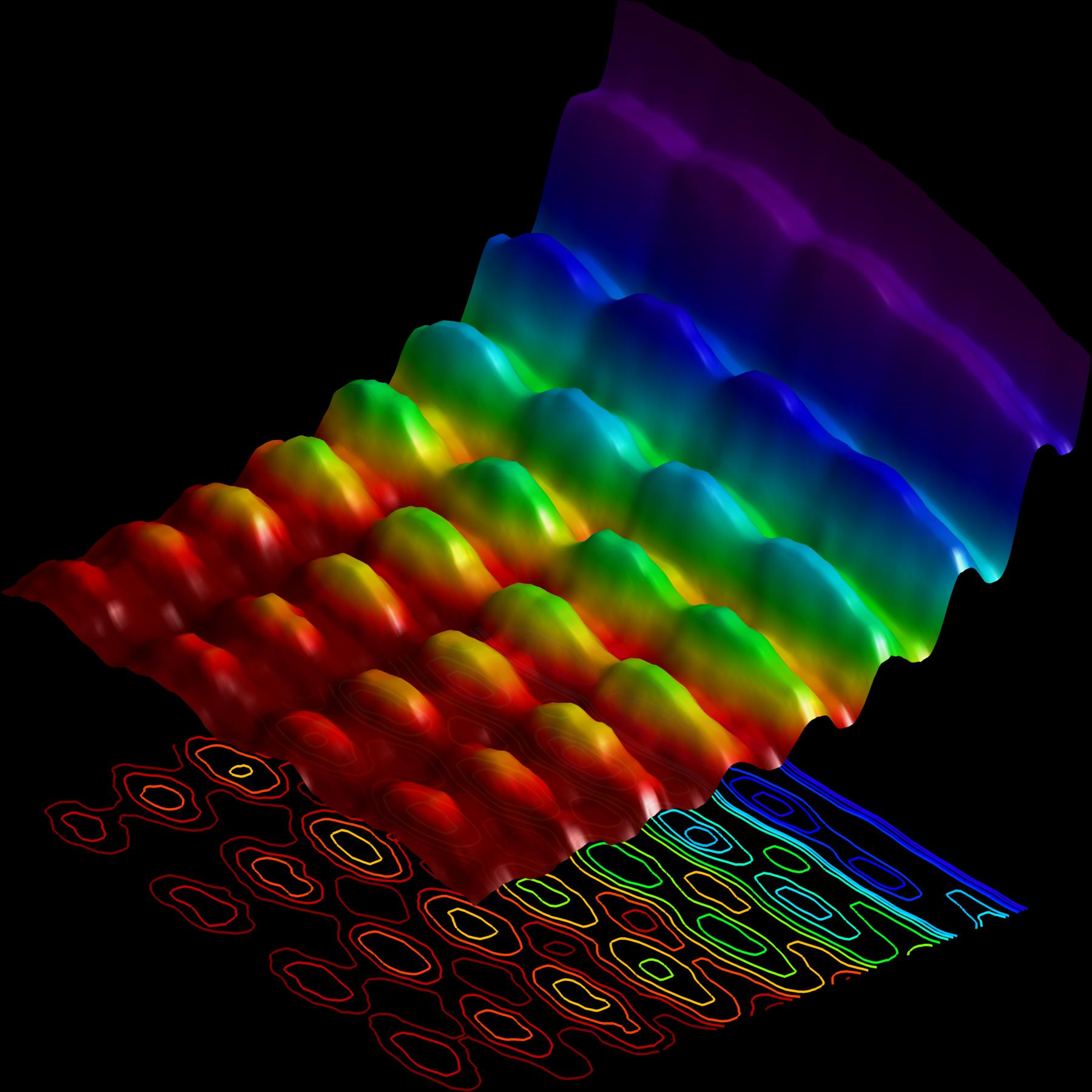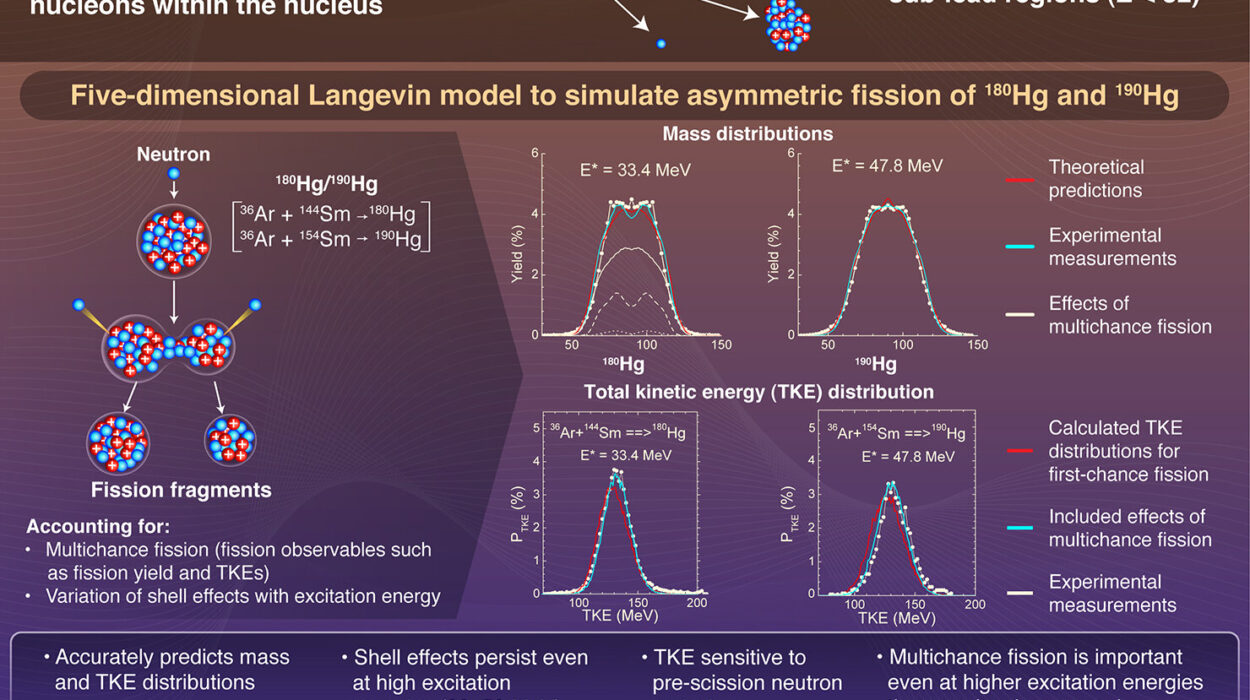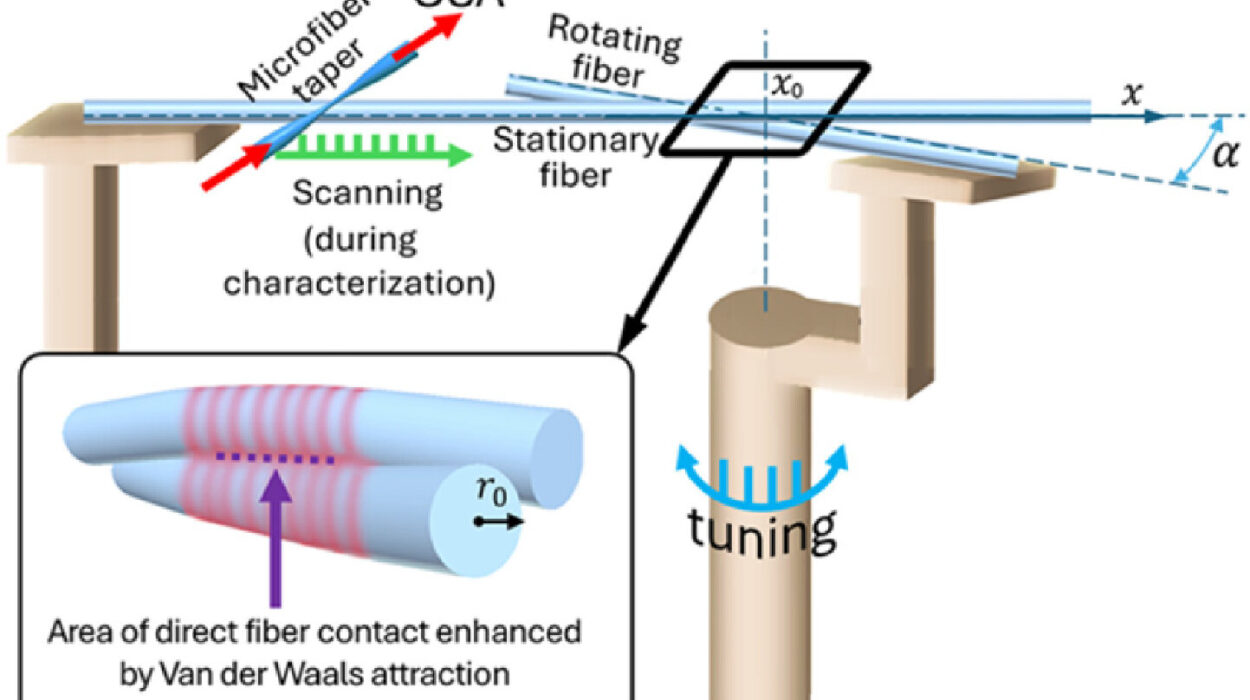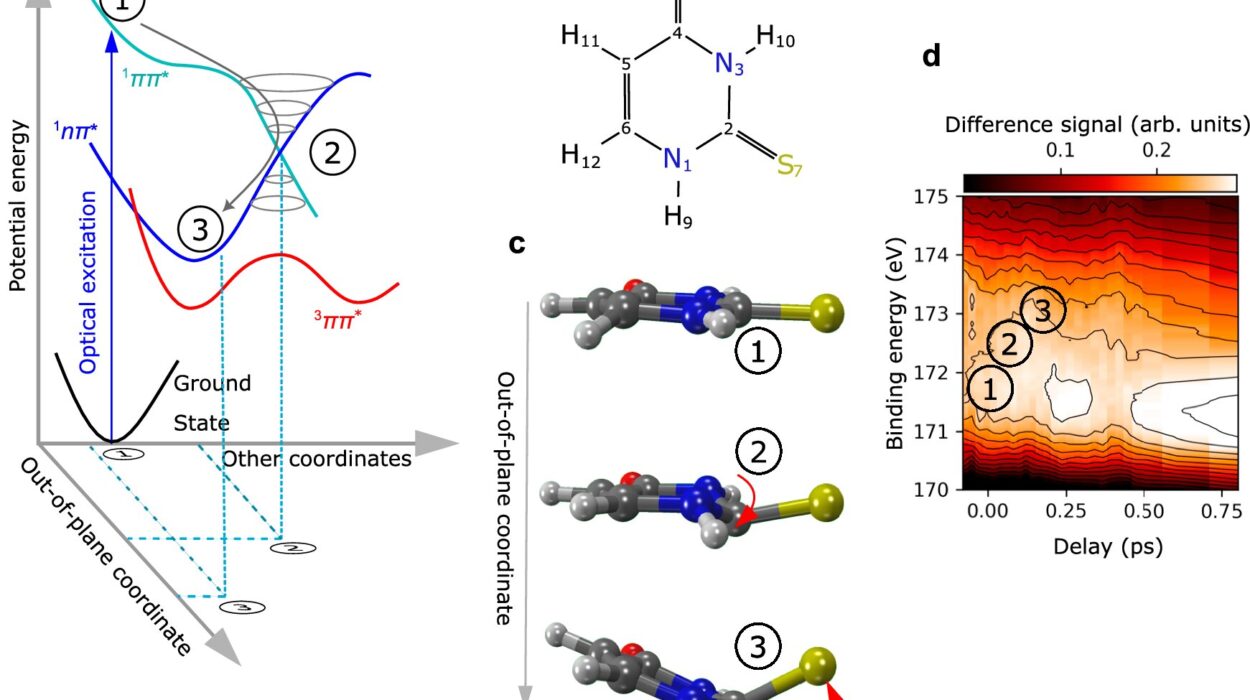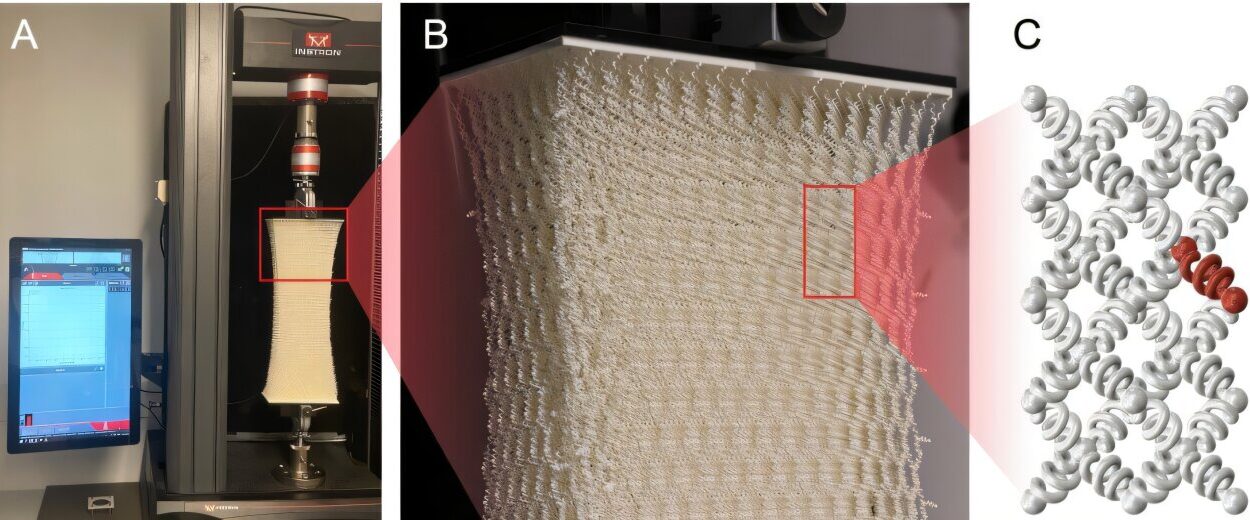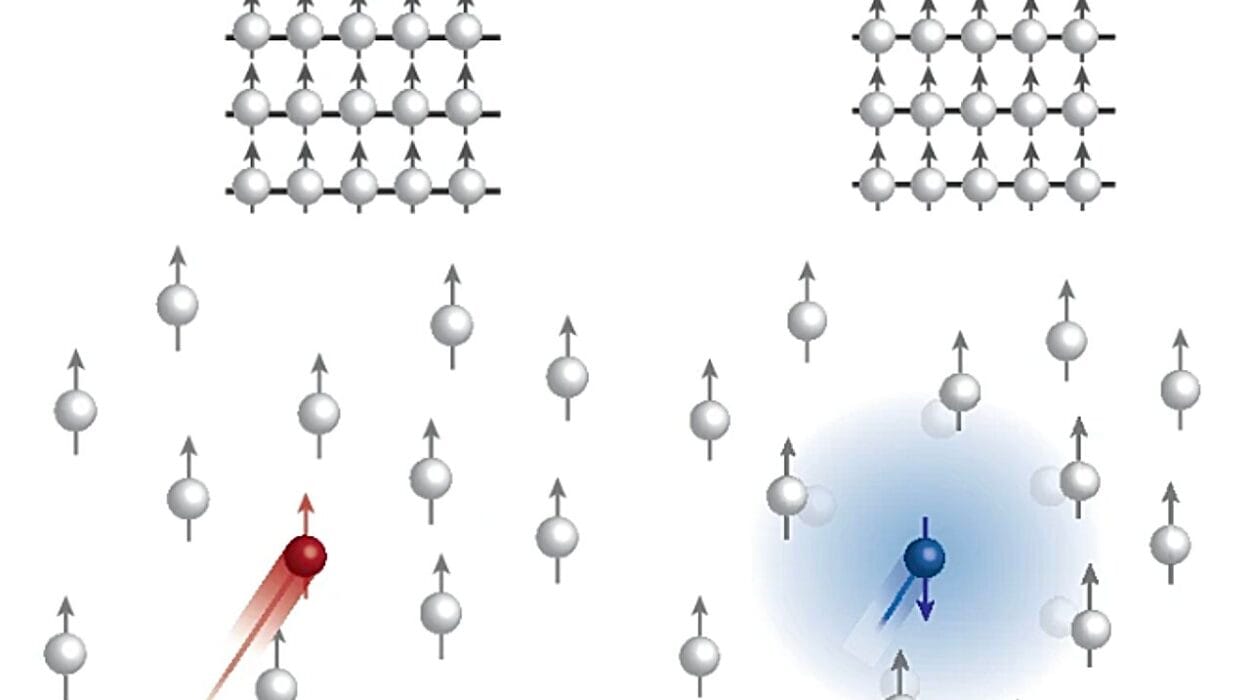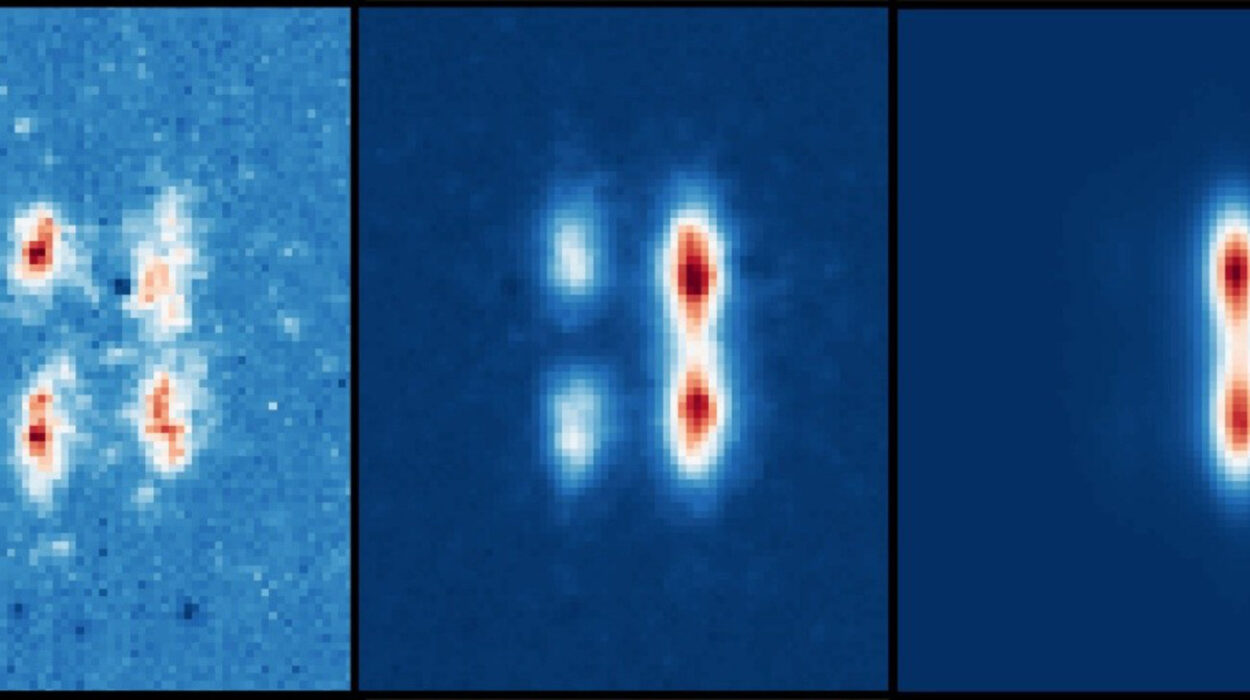Long before physicists could name photons or debate wave-particle duality, humanity was captivated by light. Our ancestors watched the Sun rise and fall, the Moon glow in phases, and the stars twinkle in the obsidian sky. Light was a divine mystery, associated with gods, fire, life, and even truth. For millennia, its nature remained elusive. Was light something tangible, like raindrops or sand grains? Or was it an invisible ripple, like sound?
This ancient question would take centuries, even millennia, to answer. And when it finally was, the answer was so strange, so deeply counterintuitive, that even Einstein—the man who explained much of it—never fully accepted its implications. Welcome to the bizarre, beautiful science of light, where photons walk the line between particle and wave.
The Classical View: Light as a Wave
In the 17th century, two intellectual giants took center stage with opposing theories. Isaac Newton, the architect of classical physics, believed light was made of particles, or “corpuscles.” At the same time, Dutch scientist Christiaan Huygens argued that light behaved like a wave, rippling through a medium he called the “luminiferous ether.”
Huygens’ theory was elegant and explained phenomena like reflection and refraction quite well. But Newton’s enormous influence meant his corpuscular theory reigned for a while. It wasn’t until the 19th century that the tide began to turn decisively in favor of the wave theory. Experiments by Thomas Young and Augustin-Jean Fresnel showed that light could interfere and diffract—two behaviors exclusive to waves.
Young’s famous double-slit experiment in 1801 was a game changer. When light passed through two closely spaced slits, it formed an interference pattern on a screen behind—bright and dark bands like ripples colliding in water. This was irrefutable evidence that light could behave like a wave. The particle theory appeared to be dead.
Maxwell’s Triumph: Electromagnetic Waves
In the mid-1800s, Scottish physicist James Clerk Maxwell delivered the knockout blow that solidified light’s identity as a wave. By uniting electricity and magnetism into a single framework—electromagnetism—Maxwell discovered that oscillating electric and magnetic fields could propagate through space as waves. These waves, he calculated, moved at the speed of light. That wasn’t a coincidence.
Maxwell had mathematically proven that light was an electromagnetic wave.
This was a monumental moment in physics. Light, it turned out, didn’t need a medium like the ether. It could move through the vacuum of space, carried by the changing dance of electric and magnetic fields. The theory explained everything from radio waves to visible light to X-rays—different flavors of the same phenomenon, differing only in wavelength and frequency.
The wave theory had seemingly won the day. But nature wasn’t finished surprising us.
Cracks in the Wave Theory: The Photoelectric Puzzle
At the turn of the 20th century, the elegance of Maxwell’s equations ran into a problem—one that would open the door to a new way of thinking. When scientists shone ultraviolet light onto certain metals, they observed that electrons were ejected. This phenomenon, called the photoelectric effect, couldn’t be explained by wave theory alone.
According to classical physics, more intense light should eject more energetic electrons, regardless of the light’s frequency. But the experiments showed something odd: only light above a certain frequency could knock electrons loose. Increasing intensity below that threshold did nothing, while even weak high-frequency light worked like a charm.
The wave theory stumbled. If light were only a wave, energy should spread out evenly and gradually build up. Yet this wasn’t happening. What could explain this peculiar, all-or-nothing behavior?
Enter the Quantum: Einstein’s Photon Hypothesis
In 1905, Albert Einstein stepped in with a radical proposal. Building on Max Planck’s earlier work on blackbody radiation, Einstein suggested that light wasn’t just a continuous wave but was composed of discrete packets of energy. He called these quanta of light “photons.”
Each photon, he proposed, carried a specific amount of energy proportional to its frequency. The energy of a photon was given by the equation E = hf, where h is Planck’s constant and f is the frequency of the light. If a photon had enough energy to overcome the binding energy of an electron in the metal, it could eject that electron. If not, no amount of low-energy photons—no matter how intense the light—would suffice.
Einstein’s idea explained the photoelectric effect perfectly. It also ushered in quantum theory and earned him the Nobel Prize in Physics in 1921. But it left scientists with a perplexing paradox: if light could act like both a wave and a particle, what was it really?
The Birth of Wave-Particle Duality
The early 20th century was a chaotic time for physicists. The laws of classical mechanics were crumbling under the weight of new evidence. As the quantum revolution unfolded, one principle became increasingly clear: nature was far more subtle than anyone had imagined.
In 1924, French physicist Louis de Broglie turned the tables by suggesting that not only photons, but all particles, including electrons, might also exhibit wave-like behavior. This idea was later confirmed by experiments showing electron diffraction patterns—similar to the interference seen in light.
Wave-particle duality was now a core principle of quantum mechanics. Photons were neither particles nor waves in the classical sense. They were something stranger—quantum objects that behaved like either depending on how you observed them.
The double-slit experiment, when repeated with single photons, produced interference patterns only after many photons had been detected—implying that even single particles interfered with themselves. It was as if each photon traveled through both slits at once, behaving like a wave until it was observed, collapsing into a particle.
Quantum Weirdness: Superposition and Collapse
To make sense of this, physicists turned to a new mathematical framework: the wave function. Described by Erwin Schrödinger’s equation, the wave function encapsulated all the possible states a quantum particle like a photon could be in. But this function wasn’t physical—it was a probability amplitude, predicting the likelihood of various outcomes.
Until an observation was made, the photon existed in a superposition—a ghostly blend of all possibilities. But the act of measurement “collapsed” this superposition into a single state. In other words, reality didn’t decide until you looked.
This concept disturbed even the architects of quantum mechanics. Einstein famously said, “I like to think the moon is there even if I am not looking at it.” But experiments increasingly supported the strange idea that observation played a fundamental role in shaping quantum reality.
Quantum Field Theory: A Deeper Perspective
By mid-century, physicists needed a theory that merged quantum mechanics with special relativity. The result was quantum electrodynamics (QED), a quantum field theory that describes how light and matter interact.
In this framework, photons are not tiny balls flying through space. They are excitations in the electromagnetic field—localized disturbances that behave like particles in some contexts and waves in others. QED has been tested to an extraordinary degree of precision and remains one of the most successful theories in physics.
It redefined photons not as “things” but as events—manifestations of field energy that temporarily exist when conditions are right. This interpretation helped reconcile wave-particle duality. Photons don’t switch between forms—they always exist as quantum field excitations, and our measurements determine how they appear.
The Role of the Observer
Perhaps the most philosophically troubling aspect of photon behavior is the observer effect. In delayed-choice and quantum eraser experiments, photons seem to retroactively decide whether to act like particles or waves based on future measurements.
This isn’t just metaphysical musing—it’s been verified in labs. Such experiments suggest that our choice of how to measure a photon can influence its past behavior, as if the universe rewrites history to maintain consistency.
This leads to profound questions about the role of consciousness, the nature of reality, and the limits of knowledge. Does the universe “choose” an outcome when measured? Or is reality itself dependent on observation?
Everyday Photons: How Duality Shapes Our World
Despite their strangeness, photons are essential to our daily lives. Every time we see, we’re detecting photons that have bounced off objects. Fiber optics use total internal reflection and quantum mechanics to deliver internet data at light speed. Solar panels convert photons into electric current using the photoelectric effect Einstein explained.
Lasers, too, rely on quantum principles, emitting coherent light with countless applications—from medicine to telecommunications to entertainment. In cameras, sensors detect individual photons, counting them to form digital images.
Our very understanding of space and time is bound to the speed of photons. According to relativity, nothing can travel faster than light. In fact, the behavior of photons defines our sense of causality, simultaneity, and the passage of time.
Light Beyond Sight: From Radio to Gamma Rays
Visible light is just a tiny sliver of the electromagnetic spectrum. Photons come in a vast range of energies and frequencies. At the low end, radio waves and microwaves have long wavelengths and low energies. At the high end, gamma rays pack immense energy in short wavelengths.
Each type of photon has unique interactions with matter. Radio waves pass through walls, microwaves heat food, X-rays penetrate flesh but not bone, and gamma rays can damage DNA. Yet they are all photons, differing only in their frequency.
This universality underscores the fundamental nature of light. Whether it’s the red glow of a sunset, the bluish hue of an iPhone screen, or the invisible signal from your Wi-Fi router, it’s all the same underlying entity—just behaving in different energetic modes.
Philosophical and Scientific Implications
Wave-particle duality challenges our intuition. In the macroscopic world, things are either one or the other. A soccer ball doesn’t diffract around corners. But in the quantum realm, logic bends. Photons force us to confront the limits of classical reasoning.
They also raise metaphysical questions. Is light a manifestation of information? Does reality exist independent of observation? Can we ever fully describe what a photon is, or only what it does?
Many interpretations of quantum mechanics exist—Copenhagen, many-worlds, pilot-wave, and others—each attempting to make sense of these mysteries. But none can claim definitive superiority, and all agree on the facts: photons are both particle and wave, and neither fully.
Conclusion: Illuminating the Nature of Reality
The journey to understand light has illuminated not just the world around us, but the very structure of reality. Photons have revealed the limitations of classical thought, the power of quantum theory, and the strange beauty of a universe that doesn’t always make intuitive sense.
To study light is to study existence itself. From the ancient fires that once flickered in our ancestors’ caves to the quantum computers of tomorrow, light has guided our way. And though we now speak in terms of photons, wavefunctions, and field excitations, the mystery remains as captivating as ever.
Photons are not just particles of light. They are the keys to understanding the quantum world, the messengers of the stars, and the bridge between matter and energy. In every beam of sunlight, every laser pulse, every glowing screen, the quantum duality dances on. And in that dance, we glimpse the pulse of the cosmos itself.
